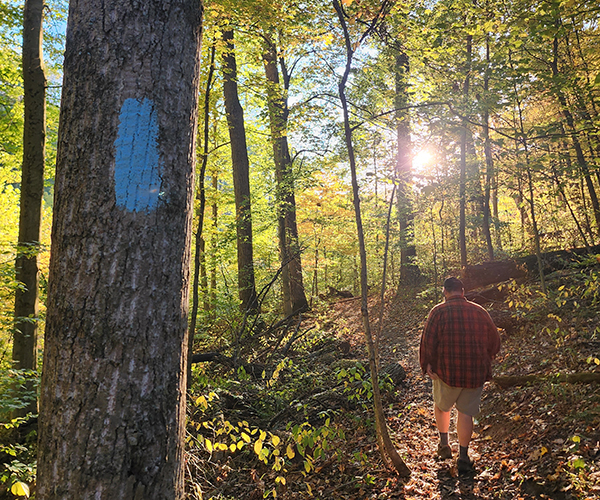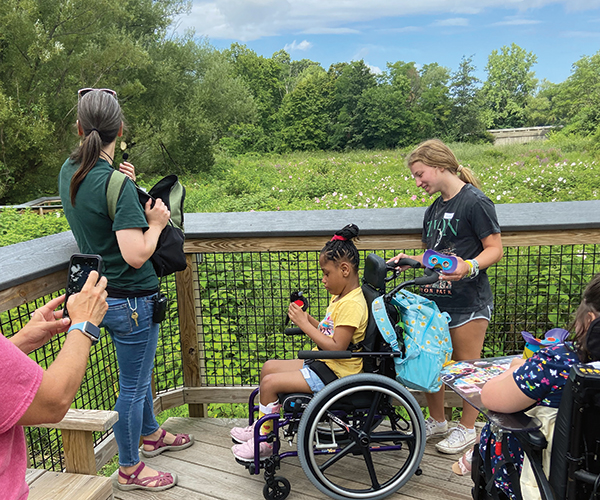When people find out I grew up in Richmond, Va., I often hear "I bet it's pretty there in the fall" (it is) or "Ah, where the war never ended."
Richmond is home to NCAA Basketball Tournament Cinderella darlings the Virginia Commonwealth University Rams and has a vibrant art scene, but some people wrongly view the former capital of the Confederacy as one-sided and stuck in the past. Perhaps it's because of the monuments and museums, or perhaps it's because they don't actually know much about the Civil War. And honestly, I didn't either. So, in light of the 150th anniversaries and commemoration of the Civil War and the Emancipation, which run through 2015, I returned to Richmond to get my facts straight.
I start at a place I'd been to before, the free Virginia Historical Society. Running through Dec. 30, the exhibit An American Turning Point: The Civil War in Virginia is anything but stuffy: It's interactive and easy to digest. In the "Waging War" section, I learn about African-American soldiers such as Ohio native 1st Sgt. Powhatan Beaty; he earned a Medal of Honor in the Union Army and became an orator and actor after the war. Nearby, visitors virtually diagnose and treat soldiers via a touch-screen quiz game, bringing home the point that two out of three soldiers who died during the war died from disease. In the "Surviving War" section, visitors assume the role of an African-American and simulate an escape from slavery; you face obstacles and decisions that determine if you make it safely to Union lines.
There's history to be found even outside of Richmond's museums. Monument Avenue in the Fan District, an area of the city that fans out to the West End, is a great place to stretch your legs and soak up history. The home of five monuments to men with Confederate ties, this gateway to the city is fodder for mudslinging. Some say it glorifies the Confederate cause, while others take issue with the 1996 addition of a statue honoring tennis great and Richmond native Arthur Ashe. Regardless, the mile and a half experience screams Richmond: million-dollar-plus homes (Italianate and Richardsonian Romanesque styles dominate), a spicy scent in the air from nearby condiment and seasoning maker C.F. Sauer, and college hipsters.
I finish my trip at the American Civil War Center, which addresses the war from Union, Confederate and African-American perspectives. I find unique artifacts (a lock of hair from Ohio native Gen. Ulysses S. Grant) and excellent audiovisual components, but what moves me the most are scattered quotes. This message from John Boston, a fugitive slave from Owensville, Md., brings me close to tears: "My Dear Wife — it is with great joy I take this time to let you know where I am ... in safety in the 14th Regiment of Brooklyn. This day I can address you thank God as a free man."
After, I walk across the street to Kanawha Canal, which President George Washington once planned to connect to the Ohio River. A pedestrian bridge jutting into the James River offers a great view of the Class III and IV rapids below; plaques and words carved into the bridge chronicle the first week in April 1865, when Richmond fell to the Union army and was set on fire by fleeing Confederate troops.
Standing there, I realize that, in a way, Richmond was then what it is now: a very diverse group of people with a fierce love for their city. The monuments and museums are tools to educate, not glorify. The Civil War doesn't define the River City today, but it did shape our nation. And the war did end.



